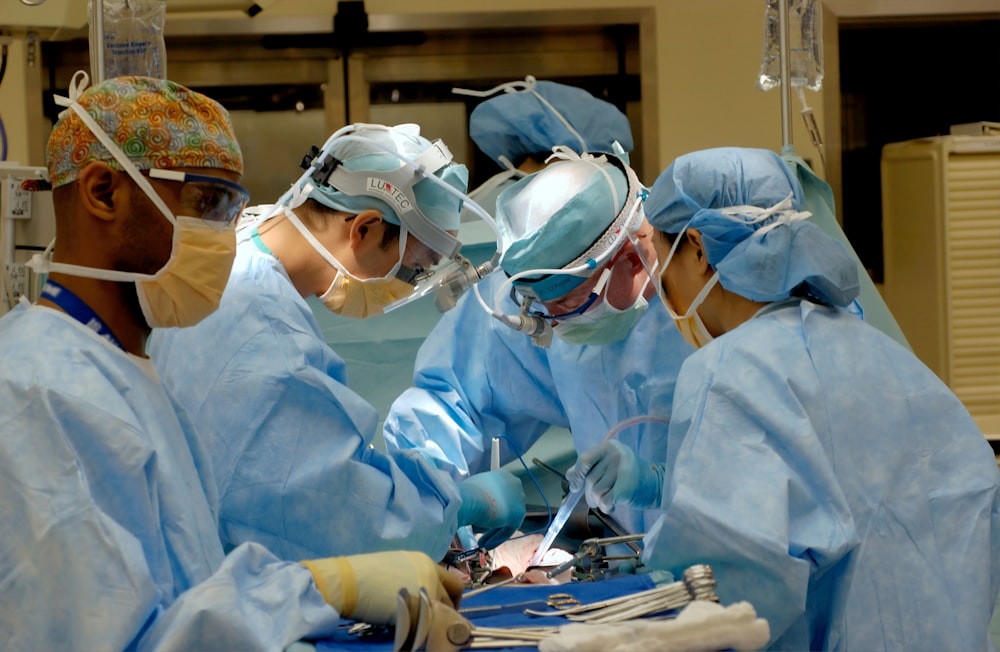目次
THA後のアウトカムってインプラントの種類によって差があるの?
Dual Mobility Cup systemをはじめインプラントの改良にはめざましいものがあります.
理学療法士・作業療法士も新しいインプラントについて情報を得ておく必要があります.
ただ気になるのがこういったインプラントの違いによってどこまでアウトカムに差が出るのでしょうか?
今回はTHA後のアウトカムにインプラントの種類によって差があるのかを明らかにした論文をご紹介させていただきます.
今回ご紹介する論文
J Bone Joint Surg Am
. 2021 Sep 8. doi: 10.2106/JBJS.20.01931. Online ahead of print.
Does Implant Selection Affect Patient-Reported Outcome Measures After Primary Total Hip Arthroplasty?
Andrew Campbell 1, Ahmed K Emara, Alison Klika, Nicolas S Piuzzi, Cleveland Clinic OME Arthroplasty Group
Affiliations expand
PMID: 34495897 DOI: 10.2106/JBJS.20.01931
今回ご紹介する論文は2021年に掲載された論文です.

研究の背景・目的
Background: Total hip arthroplasty (THA) is a reliable operation, but it is critical that orthopaedic surgeons characterize which surgical factors influence patient-reported outcomes. The purpose of this study was to determine whether implant selection at the time of THA affects the odds of having (1) inadequate improvement according to patient-reported pain, function, and activity; (2) failure to achieve a substantial clinical benefit (SCB) with respect to pain; or (3) failure to achieve a patient-acceptable symptomatic state (PASS) according to pain and function.
人工股関節全置換術(THA)は信頼性の高い手術ですが,整形外科医にとって,どういった手術に関連する要因が患者立脚型アウトカムに影響を与えるかを明確にすることは非常に重要であります.
この研究ではTHA時のインプラントの選択が(1)患者立脚型評価の中の疼痛・機能・活動性の改善,(2)疼痛に関する実質的な臨床的なメリット,(3)疼痛と機能に関してクライアントが許容できる症状のいずれの確率に影響するかを明らかにすることを目的としております.
研究の方法
Methods: Prospective data were collected from 4,716 patients who underwent primary THA (from July 2015 to August 2018) in a single health-care system with standardized care pathways. Patients were categorized according to the type of femoral and acetabular components and bearing surface used. Outcomes included 1-year postoperative patient-reported outcome measures (PROMs) and improvement in the Hip disability and Osteoarthritis Outcome Score (HOOS) and the University of California at Los Angeles (UCLA) activity score. Inadequate improvement was defined as PROMs that changed by less than the minimal clinically important difference (MCID) for the HOOS pain and physical function short form (PS) and as failure to improve beyond a mostly homebound activity status for the UCLA activity score (a score of ≤3). The MCID and SCB thresholds were set at values reported in the literature.
標準化されたクリニカルパスを持つ単一の医療施設において,primary THAを受けた4,716例の症例から前向きにデータを収集しております(2015年7月から2018年8月まで).
症例は使用した大腿骨・寛骨臼コンポーネントおよびベアリングサーフェスの種類に応じて分類しております.
アウトカムには術後1年間の患者立脚型アウトカム指標(PROM)と,股関節障害・変形性関節症アウトカムスコア(HOOS)およびカリフォルニア大学ロサンゼルス校(UCLA)のアクティビティスコアの改善が含まれております.
不十分な改善はHOOSの疼痛と身体機能の短縮版(PS)では,PROMの変化が臨床的に重要な最小の差(MCID)未満であり,UCLAの活動スコアではほぼ自宅での活動状態を超えて改善しなかった(スコア3以下)場合と定義しております.
MCIDおよびSCBの境界値は文献で報告されている値を用いております.
研究の結果
Results: One-year PROM data were available for 3,519 patients (74.6%). There were no differences in the proportion of patients who attained the MCID in terms of HOOS pain, HOOS PS, or UCLA activity scores at 1 year for all analyzed implant parameters. Multivariate regression demonstrated that implant selection was not a significant driver of inadequate improvement, according to HOOS pain and HOOS PS (p > 0.05). Larger (36-mm) femoral heads demonstrated lower odds of inadequate improvement versus 28-mm femoral heads according to UCLA activity scores (odds ratio [OR]: 0.64; 95% confidence interval, 0.47 to 0.86; p = 0.003). Implant-related criteria were not significant drivers of attaining a PASS or achieving an SCB with respect to HOOS pain.
3,519例(74.6%)の症例から1年間のPROMデータが得られました.
1年後のHOOS疼痛スコア,HOOS PSスコア,UCLA Activityスコアにおいて解析したすべてのインプラントパラメータにおいて,MCIDを達成した患者の割合に違いはありませんでした.
また多変量解析の結果,HOOS 疼痛および HOOS PS において,インプラントの選択は不十分な改善の有意な要因ではないことが示されました(p>0.05).
UCLA activity scoreでは大腿骨頭が大きい(36mm)方が28mmの大腿骨頭よりも不十分な改善のオッズが低いことが示されました(オッズ比[OR]:0.64,95%信頼区間:0.47~0.86、p=0.003).
インプラントに関連する基準は,HOOSの痛みに関してPASSまたはSCBを達成する有意な要因とはなりませんでした.
研究の結論
Conclusions: For the most part, THA implant characteristics are not drivers of inadequate improvement with respect to pain and function. Surgeons should utilize implants with an acceptable track record that allow stable fixation and restoration of hip biomechanics.
THAのインプラントの種類は疼痛や機能の改善に影響を与えないことが明らかとなりました.
外科医は安定した固定と股関節のバイオメカニクスの回復を可能にする実績のあるインプラントを利用すべきであります.
今回はTHA後のアウトカムにインプラントの種類によって差があるのかを明らかにした論文をご紹介させていただきました.
インプラントの相違によるアウトカムの変化はMCID範囲内の誤差にすぎないのかもしれませんね.
臨床上もインプラントの相違以外の影響が大きいことは明白です.






